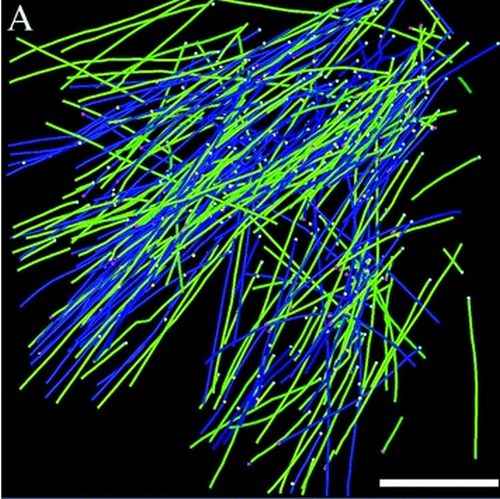Electron microscopy of the early Caenorhabditis elegans embryo.
The early Caenorhabditis elegans embryo is currently a popular model system to study centrosome assembly, kinetochore organization, spindle formation, and cellular polarization. Here, we present and review methods for routine electron microscopy and 3D analysis of the early C. elegans embryo. The first method uses laser-induced chemical fixation to preserve the fine structure of isolated embryos. This approach takes advantage of time-resolved fixation to arrest development at specific stages. The second method uses high-pressure freezing of whole worms followed by freeze-substitution (HPF-FS) for ultrastructural analysis. This technique allows staging of developing early embryos within the worm uterus, and has the advantage of superior sample preservation required for high-resolution 3D reconstruction. The third method uses a correlative approach to stage isolated, single embryos by light microscopy followed by HPF-FS and electron tomography. This procedure combines the advantages of time-resolved fixation and superior ultrastructural preservation by high-pressure freezing and allows a higher throughput electron microscopic analysis. The advantages and disadvantages of these methods for different applications are discussed.

- J Microsc 2008 May;230(Pt 2):297-307
- 2008
- Developmental Biology
- 18445160
- PubMed
Enabled by:
